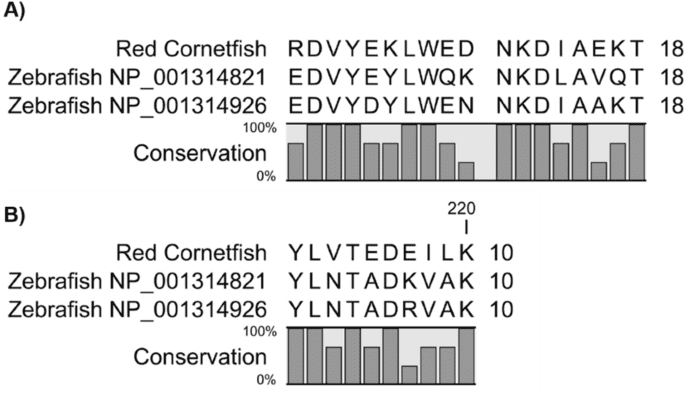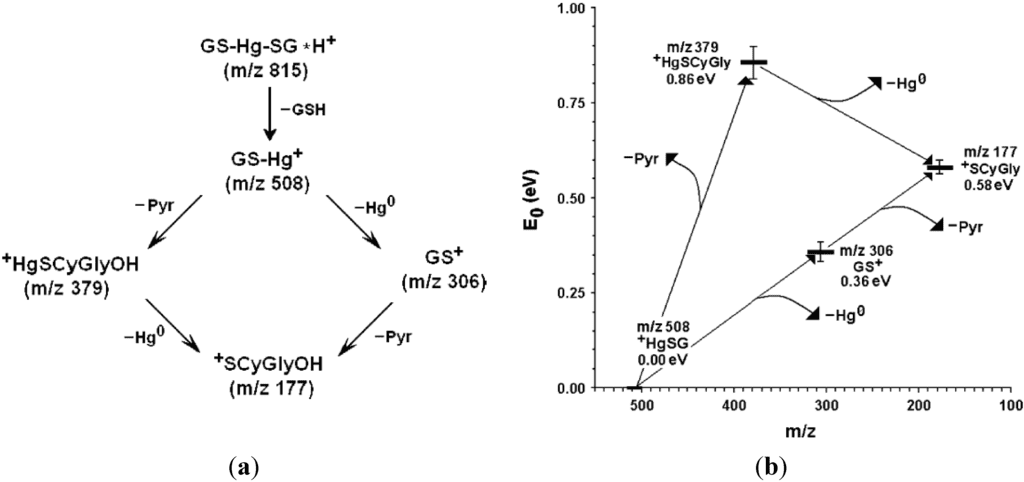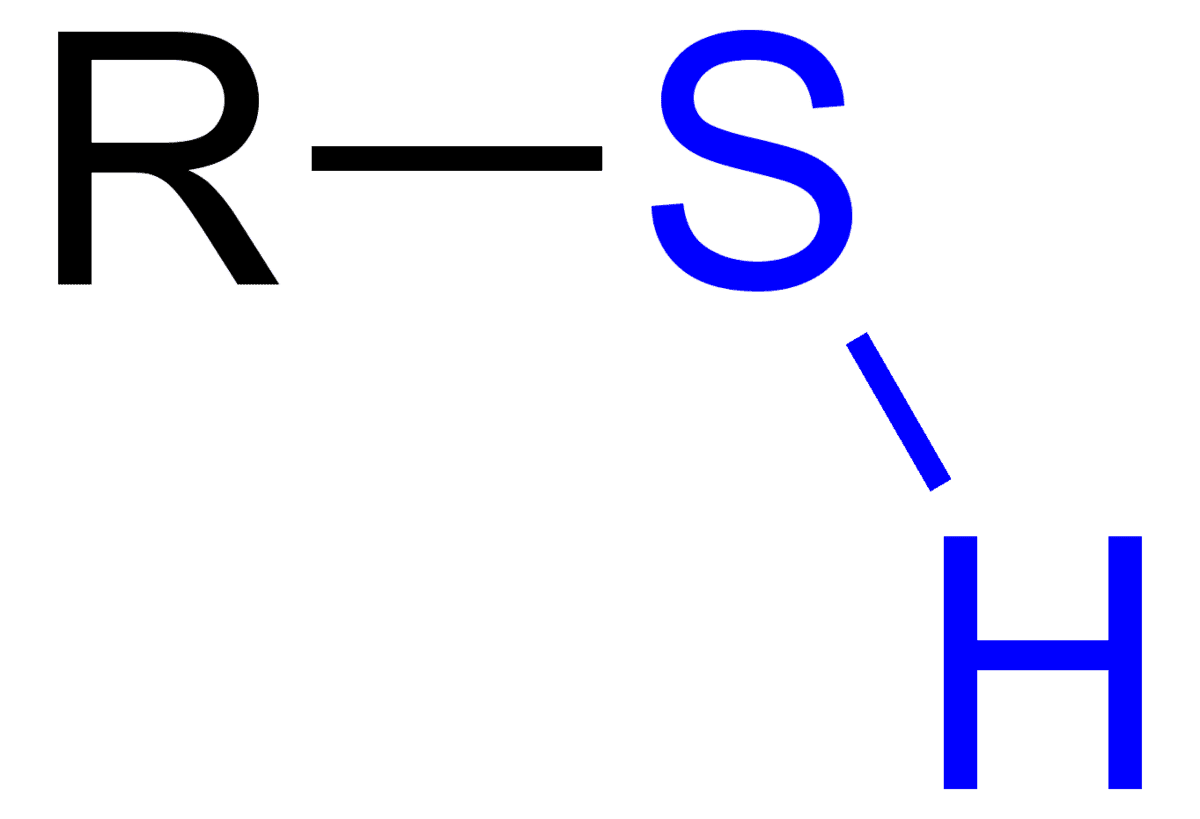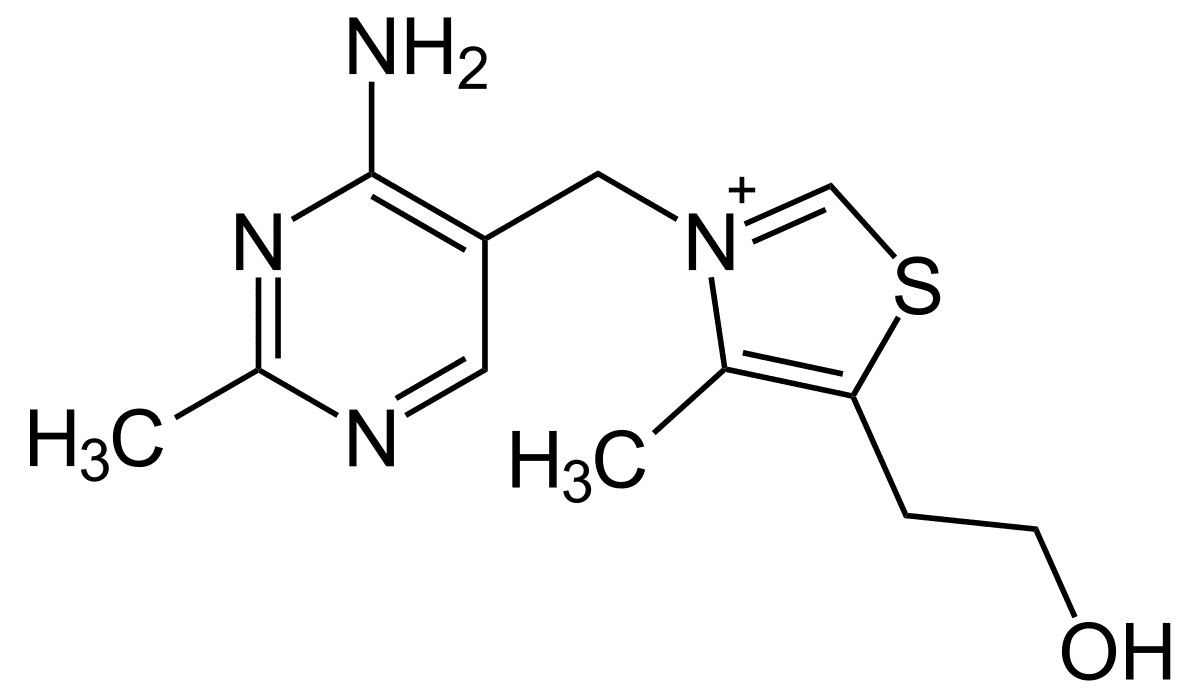cjm
Member
The Ocean’s Mysterious Vitamin Deficiency | Hakai Magazine
Full link above, some select quotes below.
“In the early 20th century, a small and invasive herring species called the alewife spread through the Great Lakes ecosystem, displacing the lakes’ native forage species. Alewife contains high concentrations of thiaminase, and as it became a major food source for lake trout, and other native fishes, the larger fish developed chronic thiamine deficiency. Their natural reproductive success deteriorated, and the trout’s population cratered. The Great Lakes’ saga illustrates the outsized impact that one single nutrient can have on an entire ecosystem.”
“In California, thiaminase has become a lead suspect in the case of the Sacramento River’s salmon. Due to recent changes in surface water temperature, the coastal array of forage species has shifted. Chinook in this region usually eat a diverse range of prey, including many small fish species, krill, and squid. Yet for months—possibly years—before the 2020 spawning season, the salmon subsisted almost exclusively on northern anchovy, a species rich in the thiamine-destroying enzyme.”
“Affected animals behave abnormally, suffer neurological and reproductive disorders, and can eventually die.”
“The symptoms he has observed in thiamine deficient animals are so severe, he explains, that if natural phenomena were the cause, affected animal populations would have vanished or adapted long ago. Balk believes human activity is somehow sapping ecosystems of vitamin B1, either by blocking production or obstructing its passage from one trophic level to the next.”
“Within a few years, Balk and his team of international collaborators had found thiamine deficiency affecting Baltic Sea blue mussels and eels captured along the North American east coast. By then, scientists were paying more attention to a particularly insidious threat of thiamine deficiency: its sublethal impacts, which, short of killing an individual, can severely affect stamina, strength, coordination, and memory, among other functions. In birds, along with reproductive failures, the condition may cause paralysis and a loss of the ability to vocalize. Ultimately, sublethal effects are about as bad as, if not worse than, lethal ones because they can harm creatures, and alter their behavior, over long periods of time without scientists even realizing it. This phenomenon, which Balk and his colleagues have written about, could have major implications for wildlife research efforts going back several decades.
Thiamine deficiency might not be limited to the water either. Balk says he has tested liver, brain, and blood samples from moose in southern Sweden and measured the levels of enzymes that correlate to thiamine activity. His results, he says, point toward “severe” thiamine deficiency.”
“Honeyfield also has a working hypothesis that some broad environmental change has altered thiamine production at the base of the food web. “If there’s no synthesis going on at the bottom, then there’s no source to feed up through to the top predators,” Honeyfield says. “Exactly how that is playing out is a big, big question.””
“Most of the hatcheries on the river have treated the problem by bathing the fry in thiamine solution, while the Coleman facility also injected the adult females with thiamine.”
Full link above, some select quotes below.
The Ocean’s Mysterious Vitamin Deficiency
A puzzling lack of thiamine is disrupting some marine ecosystems.
“In the early 20th century, a small and invasive herring species called the alewife spread through the Great Lakes ecosystem, displacing the lakes’ native forage species. Alewife contains high concentrations of thiaminase, and as it became a major food source for lake trout, and other native fishes, the larger fish developed chronic thiamine deficiency. Their natural reproductive success deteriorated, and the trout’s population cratered. The Great Lakes’ saga illustrates the outsized impact that one single nutrient can have on an entire ecosystem.”
“In California, thiaminase has become a lead suspect in the case of the Sacramento River’s salmon. Due to recent changes in surface water temperature, the coastal array of forage species has shifted. Chinook in this region usually eat a diverse range of prey, including many small fish species, krill, and squid. Yet for months—possibly years—before the 2020 spawning season, the salmon subsisted almost exclusively on northern anchovy, a species rich in the thiamine-destroying enzyme.”
“Affected animals behave abnormally, suffer neurological and reproductive disorders, and can eventually die.”
“The symptoms he has observed in thiamine deficient animals are so severe, he explains, that if natural phenomena were the cause, affected animal populations would have vanished or adapted long ago. Balk believes human activity is somehow sapping ecosystems of vitamin B1, either by blocking production or obstructing its passage from one trophic level to the next.”
“Within a few years, Balk and his team of international collaborators had found thiamine deficiency affecting Baltic Sea blue mussels and eels captured along the North American east coast. By then, scientists were paying more attention to a particularly insidious threat of thiamine deficiency: its sublethal impacts, which, short of killing an individual, can severely affect stamina, strength, coordination, and memory, among other functions. In birds, along with reproductive failures, the condition may cause paralysis and a loss of the ability to vocalize. Ultimately, sublethal effects are about as bad as, if not worse than, lethal ones because they can harm creatures, and alter their behavior, over long periods of time without scientists even realizing it. This phenomenon, which Balk and his colleagues have written about, could have major implications for wildlife research efforts going back several decades.
Thiamine deficiency might not be limited to the water either. Balk says he has tested liver, brain, and blood samples from moose in southern Sweden and measured the levels of enzymes that correlate to thiamine activity. His results, he says, point toward “severe” thiamine deficiency.”
“Honeyfield also has a working hypothesis that some broad environmental change has altered thiamine production at the base of the food web. “If there’s no synthesis going on at the bottom, then there’s no source to feed up through to the top predators,” Honeyfield says. “Exactly how that is playing out is a big, big question.””
“Most of the hatcheries on the river have treated the problem by bathing the fry in thiamine solution, while the Coleman facility also injected the adult females with thiamine.”




